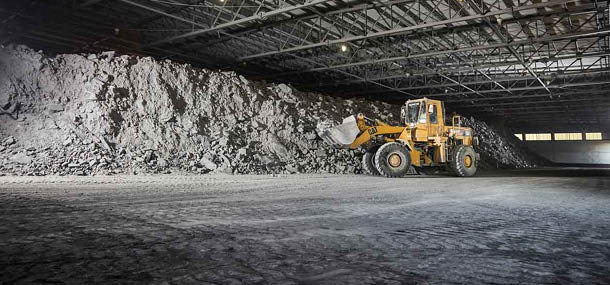
With a focus on the environmental impacts of aluminium smelting front of mind these days, all focus is currently on the carbon emissions from the anode, and the source of power for the smelter. However, this is not the only source of environmental harm from aluminium smelting; there are other concerns, such as particulates and fluorine emissions. However, this month we will turn our attention to spent potlining.
An estimated 1.1Mt of hazardous spent
potlining waste was produced in 2019 from the aluminium smelting process.
Methods for reprocessing this waste material are failing to stop its continued
accumulation; with primary aluminium production forecast to rise by over 40% by
2030, existing storage and capping methods will be increasingly viewed as
environmentally inadequate. It remains to be seen whether reprocessing
initiatives will lead to beneficial and economic repurposing of the waste.
The Source of SPL
Spent potlining, or SPL, is the refractory
and carbonaceous waste material left over from the aluminium smelting process
after a reduction cell service life of five to seven years. It includes the
lining of refractory bricks, insulation and carbon in each cell that
deteriorates over its service life, becoming saturated in smelting flux
components and being chemically altered by reactions. At the end of the service
period, the material is removed and replaced, with around 22–35kg of waste
generated per tonne of aluminium produced, depending on reduction technology,
cell design, material choice, and operational control.